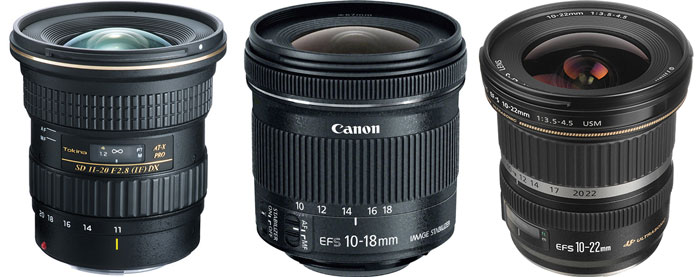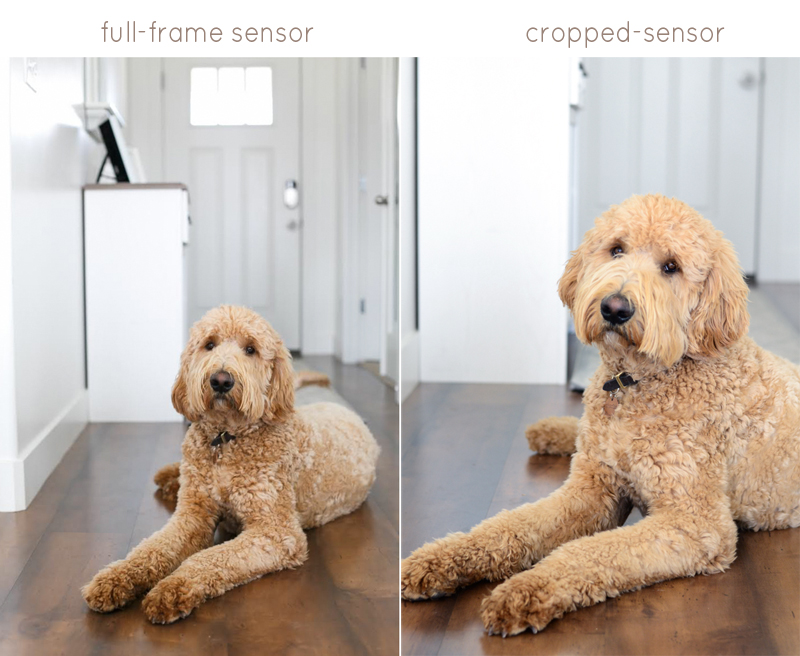So you've had a Nikon camera for some time now and you're getting a little bored with the kit lens it came with. You want a new lens or two, but where do you even start? Today I'd like to get you headed in the right direction with some lens recommendations that hopefully won't cost much more than you paid for your camera body. It can definitely be a SHOCK to discover how expensive lenses can be.
Check out my top five lenses (okay, I mentioned seven :) for APS-C sensor cameras, or DX-format lenses, under $800. If you aren't sure what kind of camera you have, do a quick google search to find out if it's a crop sensor (DX) or a full-frame (FX). If you want to learn more about the difference between a crop vs full frame camera, read my article here. It's VERY important to know the difference when buying a lens.
1. Nikon's Nikkor AF-S DX 35mm f/1.8 or Nikkor AF-S FX 50mm f/1.8. I grouped these two lenses together because they are similar focal lengths and are perform similarly. Both are very sharp and allow you to shoot in low light. The 35mm lens will allow you to get closer to your subject (about a foot) and the 50mm requires about a foot and a half from your subject, so not quite as close. I like having a little more distance from my subject with my 50mm; it also gives me a little more bokeh (blurry background). The 50mm lens will be compatible on a full-frame camera, should you choose to upgrade your camera body, but the 35mm is not. Both are very affordable! Get the 35mm for $197 on Amazon. Get the 50mm for $216 on Amazon.
2. For a telephoto/zoom lens I recommend the Nikkor VR 70-300mm f/4.5-5.6. This lens will give you a great range to zoom for wildlife, your kids sporting events, distant landmarks or landscapes while traveling. This lens is more affordable because it doesn't have a really low maximum aperture, but the Vibration Reduction will help you shoot at lower shutter speeds (to let in more light) without having blurry images. Other zoom lenses with a lower maximum aperture (such as f/2.8) can be $1,400 or more! Get this zoom lens for $497 on Amazon.
3. Wide angle lens - Sigma 10-20mm f/3.5 is a great choice! I own this lens and have loved it; for landscapes and interiors it has been awesome. Distortion is common among wide-angle lenses, and this one handles it well; distortion is minimal. Having the constant f/3.5 aperture lets you shoot wide open in low-lit settings, even zoomed in. It is well built and a good price for $449 on Amazon.
4. A great all-around walk-around lens is the Nikkor 18-200mm AF-S VR II. This lens is great for everyday photography, travel and will give you the right amount of zoom you need in those scenarios. The Vibration Reduction also helps create sharper images. Get it for $596 on Amazon. If it's in your budget and you don't need quite as much zoom, the fast Sigma 18-35mm f/1.8 DC HSM lens is a great replacer for your 18-55 kit lens. It has much better quality and can shoot in low light very well. Get that lower f/stop to let in more light on this lens for $799 on Amazon.
5. If you are serious about portraits, the 85mm f/1.8 lens is beautiful. It is a fast lens to let you shoot in low light, and you'll get that great bokeh (blurry soft backgrounds). This somewhat telephoto fixed lens puts your subject farther away from you, but fills the frame and blurs the background. Get it for $477 on Amazon.










